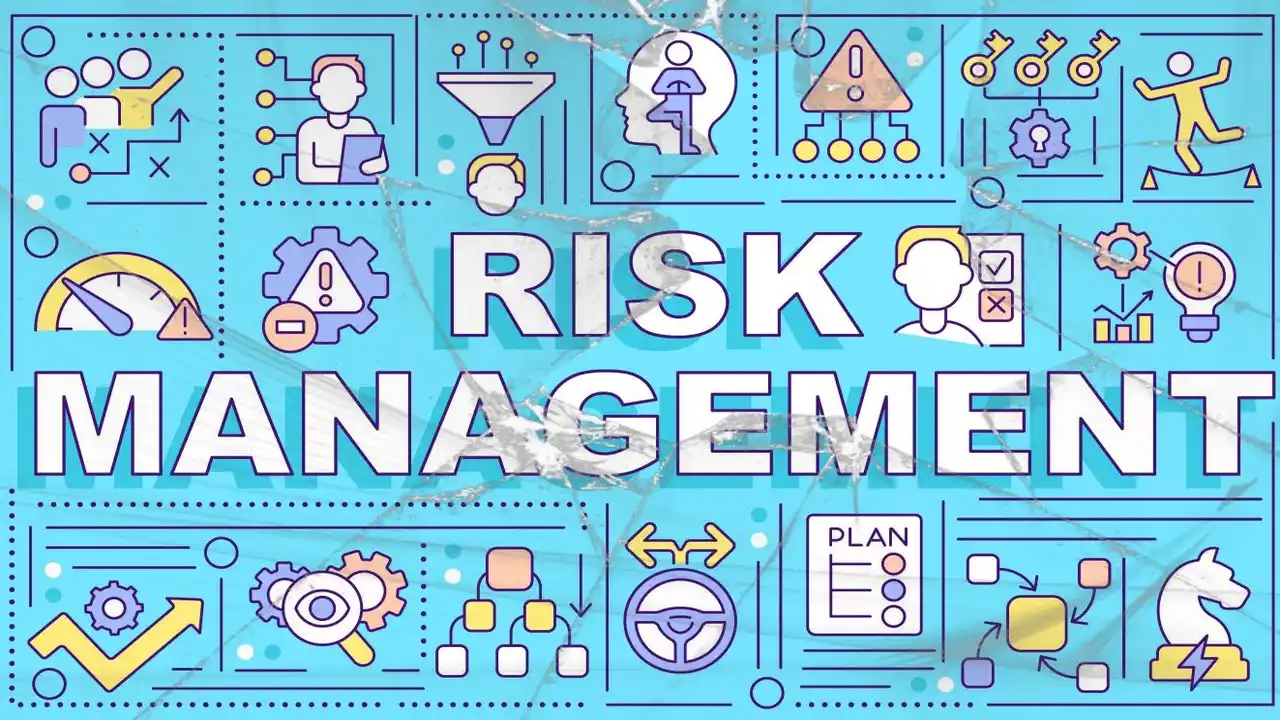To perform effectively, risk operations must build on a stable platform that can communicate with other parts of the governance, risk, and compliance ecosystem. The goals include improved data utilization and less complicated risk management. In order to assist firms get more information and make better decisions, these technologies can automate processes like risk monitoring and data modeling. This page discusses features of risk management in detail.
Both internal and external forces have an impact on any given company. Successful risk management lessens the detrimental impact of such occurrences on a company. Risk can be avoided, mitigated, or even transferred by a company’s management. To stay informed about quality of risk management subject, make sure to read more.
Top 10 – Features of Risk Management
The results of risk are getting worse and worse. Not all types of risk, such as political, new, and reputational threats, are taken into account by critical exposures. To what extent the arrangement integrate into the larger business model, and how much the leaders’ risk exposure costs? There is a lack of a risk-taking culture in the organization as a whole, and there is a discrepancy between what was intended and what was really completed. The features of risk management list is provided below for your research and educational needs.
Controlling Risk
After risks have been identified and countermeasures developed, the process and risk record should evaluate and updated regularly. Effective communication is crucial.
By carefully assessing and mitigating potential threats, you can finish this work as swiftly and easily as possible. Once the risk management strategy is in place, the specific way in which the company addresses each risk will vary according to the type of risk involved.
Tracing Origins
Identifying hazards is one thing, but understanding what led to those risks in the first place is essential for making lasting improvements to a process. With the use of event time charts and cycles, your program should be able to identify potential threats and help you fix them in the future. This is good features of risk management
Tailoring
Your organization’s departments and stakeholders won’t all worry about the same risks, so it’s important that they can simply and rapidly assess content for warning signs.
Information is most helpful when it delivers at the right time, keep up to date in real time, and clearly demonstrates the interplay between different risk factors. However, the knowledge will lose its usefulness if you inundate your friends with it. Planning time and energy into figuring out the best way to organize your team and create flexible procedures is essential.
Risk Reaction
The first step in mitigating any risk is recognizing that it exists. You can try to exploit the risks to your benefit if they are the good kind. Being well-verse in a certain field is useful in this setting.
All risk response actions require the participation of some departments, such as legal and marketing. However, other risk response responsibilities should be delegated to the division with the highest knowledge in that area for the best possible results.
Terminate
Finally, closure can use to control risk. Clients’ financial losses can mitigate by proper risk management. When the stakes are particularly high and the danger is particularly high, it may be best to avoid taking any chances at all. Several methods exist for this, but sticking with our farmer metaphor, we may forego growing crops in favor of trying something new.
Analyzing Risk
Assess the possible outcomes of each risk. In order to get the most out of one’s resources, one must first establish a hierarchy of risks. There will be threats that require immediate attention, threats that can wait, and perils in between. The risk register should have descriptive information like the probability, severity, and impact of each risk.
The steps taken to mitigate danger and fix problems can also document. It’s possible that taking calculated risks is necessary for running a successful firm. In elementary economics, for instance, if demand is higher than supply, the business may come under stress. However, this is the kind of commercial risk that should take.
Tracking
The ideal system would have the capacity to automatically recognize, assess, and quantify operational hazards, as well as furnish data that would allow for both quantitative and qualitative evaluations of the risks.
The best systems today provide not only the ability to identify dangers on one’s own but also to quantify them and pinpoint them on a map. In this way, the most pressing issues can address first. This is one of the features of risk management.
Brainstorming
The first step is to recognize possible dangers. All potential dangers must note in order to create a risk register from scratch. It is important for the organization to have information from many different people and areas so that it doesn’t miss any potential dangers.
Reducing & Dividing Risk
Although risks cannot remove completely, they can lessen. Businesses can achieve this by adjusting the focus of the project or making other modifications. Risks are sometimes traded within departments or with outside parties in order to lower overall expenses.
Risk-shifting, which is what everyone does when they buy an insurance policy, is a natural byproduct of risk-sharing. They find an outside party who is ready to assume the reasonableness of the company’s risk management strategy and pass on the risk to them.
Risk Aversion and Tolerance
Risques are inescapable. However, by creating strong prevention strategies, a company can lessen the financial burden of these risks. This plan design to minimize potential problems and maximize productivity. Sometimes it accepts that taking chances is just part of conducting business.
A manufacturer, for example, bears the risk of turning out shoddy goods. A corporation will opt to assume risk and make long-term plans based on whether or not the cost of the risk is less than the expected rewards of a project. As mention before, not every risk has a bad outcome. This is another features of risk management.
FAQ
What is Risk Reduction?
Our company found on the principle of risk reduction, and we devote ourselves fully to assisting our clients in doing the same. Our studies always conclude with a set of suggestions for improving upon the areas we found to be lacking.
How do you Define Risk Within a Company?
All potential threats to a company’s assets, earnings, and operations, whether or not they are covered by standard insurance policies. When taken together, these risks make it tough to predict how a company will do financially.
How does Risk Influence a Company?
A business faces danger from both inside and outside the organization. They may also have an impact on your company’s productivity, either immediately or over time. Danger (like a chemical spill), uncertainty (like a natural disaster), and opportunity (like seizing it or passing it up) are all possible sources of risk.
Summary
Conventional wisdom is that risk management entails systematically recognizing, assessing, and responding to the various sources of potential loss that may befall an entity, be it an individual or a company. Thank you for reading the guide on features of risk management. Explore the website to keep learning and developing your knowledge base with additional useful resources.






